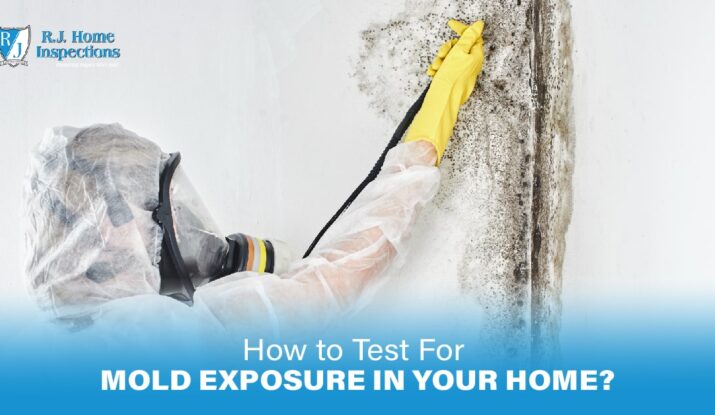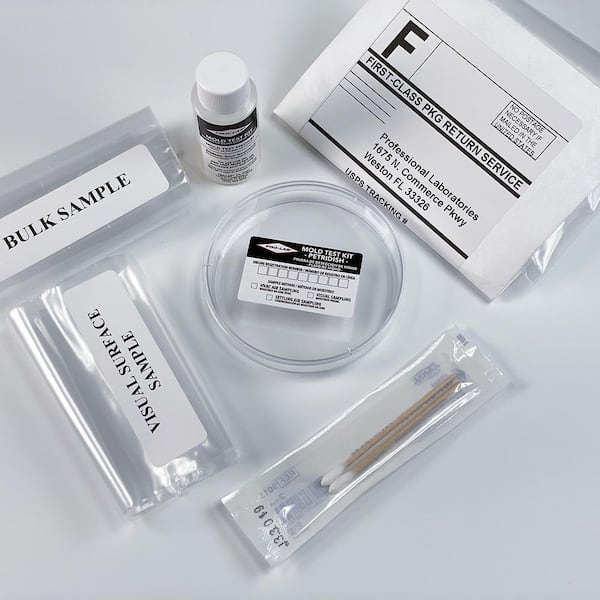Understanding the Relevance of Reliable Mycotoxin testing Services
Understanding the Relevance of Reliable Mycotoxin testing Services
Blog Article
Just How Mycotoxin Testing Helps Protect Against Contamination and Guard Food Supplies

Mycotoxin screening is an indispensable practice in the food industry, working as a frontline protection against contamination by damaging toxic substances created by molds. With the application of advanced strategies like High-Performance Fluid Chromatography (HPLC) and Fluid Chromatography-Mass Spectrometry (LC-MS), food producers can precisely measure and discover mycotoxin degrees in farming products. This aggressive approach not just makes sure compliance with strict security regulations however also alleviates health risks to customers. In addition, routine screening strengthens brand reputation and monetary health by reducing contamination-related occurrences. So, just how specifically do these testing methods incorporate into the broader food safety and security approach?
Recognizing Mycotoxins
Recognizing mycotoxins starts with acknowledging that they are hazardous additional metabolites generated by specific molds, which can pollute farming items. These metabolites are not vital for the growth or reproduction of the fungi yet can have serious implications for animal and human wellness. Mycotoxins are commonly located in staple plants such as corn, wheat, barley, and nuts, where they can proliferate under details conditions of moisture and temperature.
There are a number of sorts of mycotoxins, each produced by different fungal varieties. Aflatoxins, generated by Aspergillus types, are among one of the most notorious, known for their cancer causing residential properties. One more substantial team consists of ochratoxins, generated by Aspergillus and Penicillium species, which have nephrotoxic impacts. Fusarium varieties produce trichothecenes and fumonisins, both of which are connected with different acute and persistent health and wellness issues.

Dangers of Mycotoxin Contamination
The threats of mycotoxin contamination are complex, presenting substantial risks to both food safety and public wellness. Mycotoxins, poisonous compounds produced by certain kinds of fungis, can contaminate a wide variety of farming products consisting of cereals, nuts, flavors, dried out fruits, and coffee. As soon as these toxic substances penetrate the food supply, they can bring about major wellness issues such as liver damage, kidney failing, and also cancer. Vulnerable populations, consisting of children, the senior, and immunocompromised individuals, are specifically in jeopardy.
Economic impacts are one more major problem. Infected crops can lead to significant financial losses for farmers and food producers because of decreased yields and the demand for costly purification measures. International trade can be considerably hindered as nations implement stringent mycotoxin regulations to safeguard their populaces, leading to declined deliveries and stretched profession relations.
Environmental aspects such as environment modification worsen the threat of mycotoxin contamination. Variants in temperature and moisture can produce positive problems for fungal development, enhancing the possibility of contamination events. Therefore, understanding and minimizing these risks are crucial for making sure the security and integrity of international food materials.
Methods of Mycotoxin Examining
Precisely recognizing mycotoxin contamination in farming items is essential for safeguarding public wellness and keeping food safety and security criteria. Numerous approaches are utilized to discover and measure mycotoxins, each offering particular benefits and constraints.
High-Performance Fluid Chromatography (HPLC) is a commonly utilized approach due to its high level of sensitivity and accuracy. It entails dividing mycotoxins from other compounds in a sample, allowing accurate metrology. Liquid Chromatography-Mass Spectrometry (LC-MS) integrates fluid chromatography with mass spectrometry to provide thorough molecular information, making it particularly beneficial for identifying numerous mycotoxins simultaneously.

Gas Chromatography-Mass great site Spectrometry (GC-MS) and Thin-Layer Chromatography (TLC) are also utilized, each with unique applications. GC-MS is effective for unpredictable mycotoxins, while TLC uses a simpler, cost-effective alternative for initial screening.
Advantages of Routine Evaluating
Normal testing for mycotoxins in agricultural products offers many advantages, significantly adding to public wellness and food safety and security. By identifying contamination early, regular screening assists avoid the distribution of hazardous foods, thus minimizing the risk of mycotoxin-related illnesses amongst consumers. This proactive approach not just safeguards human wellness yet also enhances the general high quality of food supplies.
Regular testing additionally supports governing compliance. Various nations and regions have actually developed rigid restrictions for mycotoxin degrees in food and feed. Complying with these restrictions with normal screening guarantees that producers and suppliers meet legal requirements, thereby staying clear of charges and trade obstacles. Maintaining compliance cultivates consumer depend on and brand name track record, which are essential for market success.
In addition, regular mycotoxin screening can result in significant financial advantages. Early discovery of contamination enables prompt intervention, minimizing possible losses from extensive contamination. Applying routine screening methods can also lessen recall expenses and relevant obligations, which can be economically devastating.
Moreover, regular screening supplies beneficial data that can educate much better farming methods and storage space problems. By recognizing patterns of contamination, producers can adopt preventative actions, therefore adding and lowering future threats to the sustainability of the food supply chain.
Executing Testing Procedures
Carrying out reliable mycotoxin testing methods is critical for making sure the safety and high quality of farming items. Developing a robust testing framework entails multiple key actions, starting with the identification of prospective contamination points within the manufacturing and supply chain. This consists of pre-harvest, post-harvest, storage space, and circulation stages. Each phase needs to be inspected to pinpoint where mycotoxin contamination is more than likely to occur.
As soon as important control points are recognized, choosing proper screening techniques is essential. Common Go Here methods consist of enzyme-linked immunosorbent assay (ELISA), high-performance liquid chromatography (HPLC), and mass spectrometry (MS) Each approach has its weak points and toughness; thus, selecting the correct one relies on the particular mycotoxin being checked, the needed level of sensitivity, and readily available sources.

Lastly, integrating the testing procedures right into a comprehensive food security management system is recommended. This enhances traceability and enables quick rehabilitative activities when contamination is identified, thus securing the honesty of the food supply chain.
Final Thought
Mycotoxin screening is necessary in preventing contamination and guarding food products by allowing very early discovery of dangerous toxic substances generated by molds in farming products. Routine screening boosts brand name online reputation, financial stability, and count on in food safety and security by minimizing contamination-related losses and maintaining high criteria in food production.
Mycotoxin testing is an essential method in the food industry, serving as a frontline defense against contamination his explanation by damaging toxins produced by mold and mildews. An incorporated approach involving agricultural methods, storage management, and routine screening can minimize the risks associated with mycotoxin contamination, making sure food safety and security and public health.
The dangers of mycotoxin contamination are diverse, presenting significant threats to both food security and public health and wellness.Normal testing for mycotoxins in farming products supplies many benefits, dramatically contributing to public health and wellness and food safety.Mycotoxin testing is crucial in stopping contamination and guarding food materials by making it possible for very early detection of harmful toxic substances created by molds in farming items.
Report this page